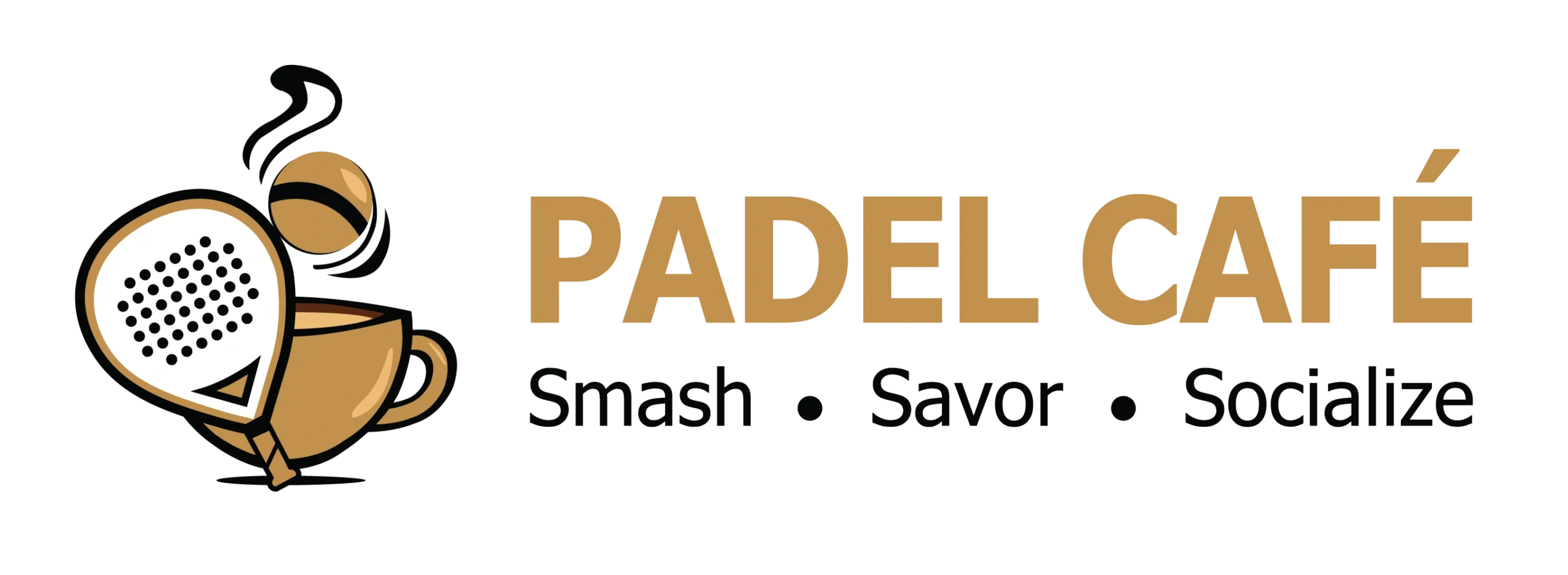Padel is another racket-based game surging in popularity across the globe. And when there’s a racket, there’s always another piece of equipment: The Ball. Both are inseparable, and in fact, the game is not possible without the ball.
From amateurs to pros, everyone has a consensus on one thing: the type of ball can make or break your game. Yet, many still overlook this critical aspect when playing on the court. Similar to its sister games, tennis and squash, the balls for padel are available in different types: soft and hard. Each type offers a different play, affecting the game speed, bounce, and control, suiting different playing conditions.
Whether you’re a control-focused player or an aggressive smasher, understanding the two ball types is important. It can significantly elevate your performance and game experience. But how do you choose the right one?
In this blog, we break down the differences between soft and hard padel balls with clear, practical comparisons that help you choose confidently.
Padel Ball: A Brief Overview
A typical padel ball for this sport is smaller than a tennis ball, with low internal pressure that gives it less bounce. The ball has a rubber core and an outer felt. The following are the size, weight, and color guidelines for the balls used in padel set by the FIP:
- Size: It must have a diameter of between 63.5mm and 67mm. This means the circumference should be between 199.5mm and 210.5mm.
- Weight: The ball must weigh between 56 to 59.4 grams, which equates to 1.98 and 2.10 ounces.
- Color: The color of the ball should be either yellow or white.
- Material: The ball should have a smooth surface. Its outer material should be composed of cotton, wool, and nylon fibers.
Understanding the Types of Padel Balls
The difference between the two ball types can be attributed to their varying compositions. Understanding this is important prior to exploring the differences between the two.
True, both hard and soft balls are made of rubber. Yet, they differ based on the density of the core and the outer covering.
- The hard balls feature a solid rubber core that’s covered in durable felt material. This gives them increased durability and resilience, making them suitable for intense gameplay in padel tournaments.
- In contrast, the soft balls feature a comparatively lower-density core, giving them a soft bounce for friendly casual matches.
Let’s now take a closer look at each of the two types before exploring the differences between them.
Hard Padel Balls: A Closer Look
These have a hard inner core and a thick outer felt covering.
Durability and Longevity
The solid core makes hard balls significantly more durable. Paired with a tough covering, the balls become less prone to wear and tear. This durability makes these balls a good choice for avid padel players, letting them maintain their shot-playing consistency.
Ball Speed and Bounce
The less thick outer felt covering gives these balls a higher speed. This enables the players to play power shots, executing them with accuracy due to the consistent ball bounce.
Soft Padel Balls: Unveiling the Features
The soft balls have a soft core and a thinner outer shell.
Better Control
The balls offer enhanced control over the players. The players can maneuver their shots more precisely and with finesse. This makes them ideal for use by those who prioritize control over power during gameplay.
Spin and Swerve
Spin and swerve generation is also possible with soft balls. The soft outer surface lets players create an easy spin shot and gives a difficult stroke to play to the opponents. This helps make the game unpredictable. However, the impact of this spin is less pronounced compared to that generated by a hard ball. The ball’s slow speed reduces the spin’s curvature as the ball takes a bounce on the ground.
Soft vs. Hard: A Quick Comparison
The following table offers a quick comparison between the two types of balls:
| Feature | Soft Balls | Hard Balls |
| Bounce | Lower, slower | Higher, faster |
| Speed | Controlled, measured | Fast, aggressive |
| Durability | Shorter-lived, softer shell | Longer-lasting, firmer structure |
| Ideal Players | Beginners, strategic, precision-focused | Advanced, power-focused |
| Best Conditions | Indoors, cool, low altitude | Outdoor, hot, high altitude |
| Rally Style | Longer, tactical | Short, net-driven |
How Does Ball Hardness Affect Gameplay?
The type of ball a player chooses to play with has a profound effect on the entire gameplay. The ball is one important element in the padel gear, and its hardness level can make or break the game. Here’s how it can!
- Speed of the Game: The hard ball has a higher bounce, hence moving speedily across the court. This demands more agile and quick movements from the players to timely strike the shot and score a win.
- Control and Precision: Soft balls feature a comparatively slower speed due to lower bounce. This offers more control to the players over their shots. The predictive bounce makes it easier to decide about the ball placement with more precision-oriented shots.
When to Use Soft vs. Hard Balls
Both soft and hard padel balls shine in their utility under varying circumstances. The following points throw light on these, making it easier to select between the two.
Soft Balls are best for:
- Indoor playing, in cooler weather, or at lower altitudes.
- New players and those preferring longer rallies.
- A predictable and more placement-focused game.
Hard Balls shine when:
- You play outdoors, in the heat, or at high altitudes.
- You have an aggressive play style.
- You prefer a dynamic, fast-paced match.
Soft vs Hard — Selecting the Perfect Padel Ball
The selection of the right ball is not simply based on personal preferences — it’s a strategic decision. The following tips can help a great deal in this regard:
- Analyze your playing style and skill level.
- Evaluate the climate and temperature of your padel court’s surroundings.
- Try playing with both balls to see which one you are comfortable with the most.
- For smooth gameplay, ensure the high quality of the balls.
The Last Strike
In the realm of padel, balls are one major piece of equipment. Just like its sister racket-based games (tennis and squash), padel also involves the use of different types of balls. Choosing the right ball is pivotal to ensure a smooth and thrilling match.
Soft balls offer better control, while hard balls fuel power. Regardless of the ball type you choose, knowing the difference between the two empowers your game. So, just smile, pick up your ball, and play smarter!


0 Comments